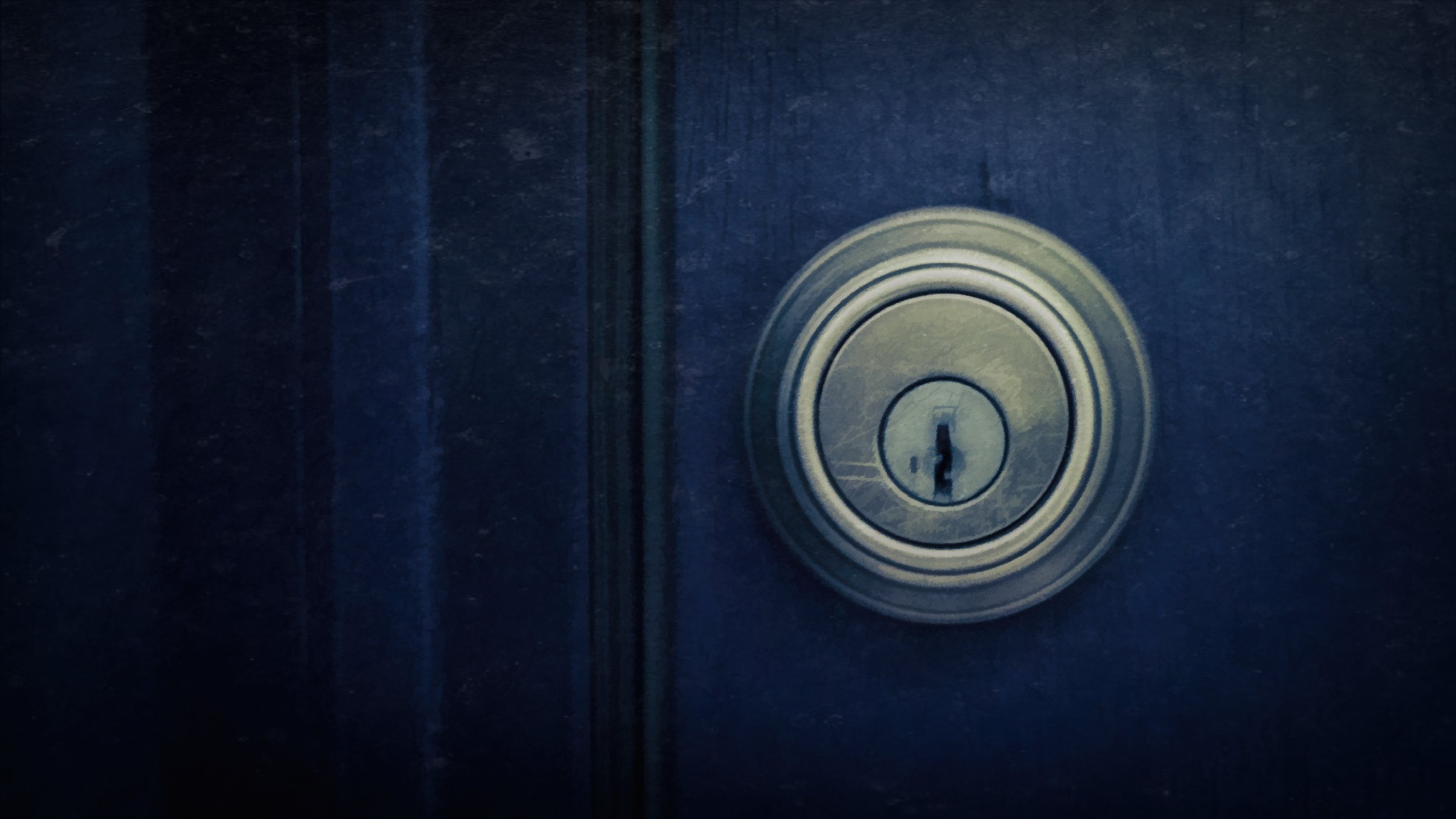“By not risking discomfort, you honor stagnation.” - Paul Colainni
Day 220 AF.
In last week’s post, I left with the intention to pursue the issues of my avoidant behaviors and evasiveness. Also, I believe my posts up to this point have been safe topics without real depth into my history, the reasons, and the damage done, by my alcohol abuse. My recovery feels very secure and steady at this time, but I know that more work in understanding my beliefs, behaviors, and feelings is necessary for me to achieve healthy and lasting change. If I manage healthy sobriety with changes in my behaviors, but I don’t identify and address the deep-seated cognitive and emotional formations that led me to choose escape and numbing, then I will remain at risk for relapse.
A concept that bubbled to the surface for me this week was the Freudian concept of “Defense Mechanisms”:
“Defense mechanisms are psychological strategies that are unconsciously used to protect a person from anxiety arising from unacceptable thoughts or feelings. According to Freudian theory, defense mechanisms involve a distortion of reality in some way so that we are better able to cope with a situation.”
A web search of defense mechanisms gives many links, with lists of the top 5 or 6 or 7, or 10 different lists, with one site I found listing 25 distinct defense mechanisms. This link is a good overview of the topic and is authored by the gentleman quoted at the opening of this post.
https://theoverwhelmedbrain.com/defense-mechanisms/
Defense mechanisms are frequently tied to people with addictions. Most people will employ one, a few, or many in their lives. I recognize a few that I use or that affect me and will list them here with examples of my use.
Denial: I minimized or rejected thoughts of my alcohol being a problem for myself or others in my life. I pushed away thoughts of health problems associated with drinking. I lied to myself many times that I could handle it.
Repression: I am certain that ACE (adverse childhood experiences) left me with many fears and doubts that are triggered in my adulthood. I fear conflict and physical harm, avoid “scary” situations or conversations, and enter “flight” mode when my amygdala “alarm” goes off.
Distraction: I find ways to “numb” my thoughts and concerns with less important, but more enjoyable activities.
Passive Aggressive: I often use humor to diffuse tension and distract from an issue, but my use of sarcasm and cynicism is not appropriate, too often hurting others' feelings, and leaving problems unresolved.
My readings on this topic have some common recommendations for working with my defense mechanisms, recognizing when and why I use them, and correcting or eliminating the problems.
Be mindfully aware when defense mechanisms are triggered, by both real and imagined threats
Use cognitive behavioral therapy skills to understand thoughts and beliefs and make better choices
Ask for help from a therapist or trusted family and friends to identify and improve responses
I do believe that serious effort in this area will make my life and my relationships better, and keep my recovery strong. The real effort will involve self-analysis, breaking old habits of thought and behavior, being honest with myself and those that matter to me, and being vulnerable. A better way of being and growing is to learn and practice healthy coping skills instead of hiding behind my ingrained defenses. I must admit fear at this stage, but the work is necessary for true recovery!
If my writings in this photography project can benefit anyone in their recovery, I am proud to be of service!
Staying mindful and strong!
instagram.com/bobd.photography
#Recovery52 #recovery #sobriety #addictionrecovery #soberphotography #smartrecovery #mindfulrecovery #creativerecovery #photography #photographyproject #photoproject

